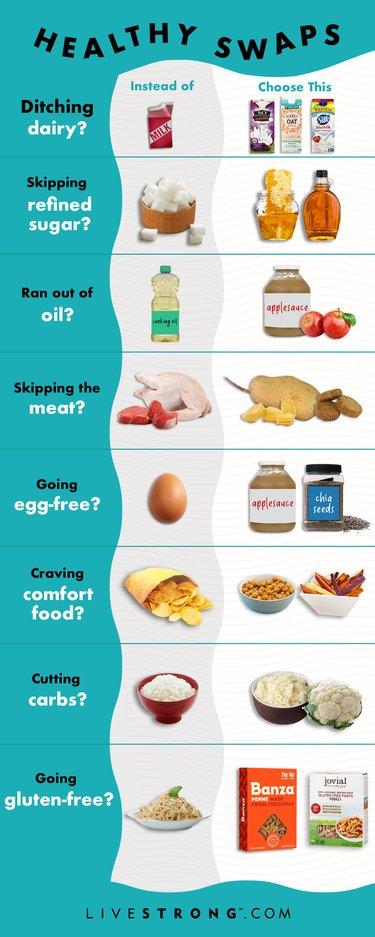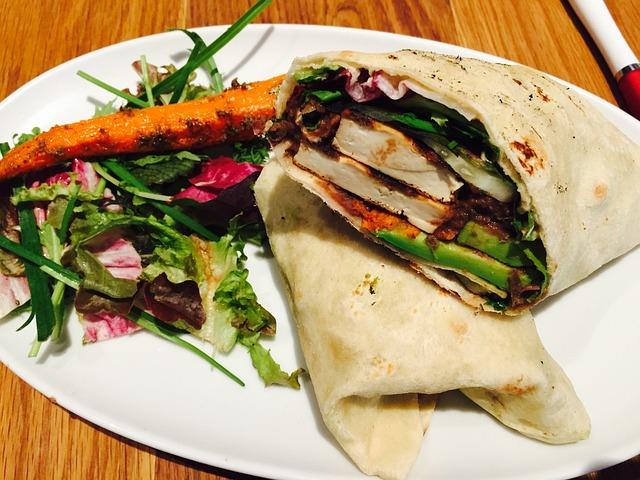In the intricate dance of maintaining a balanced diet, food cravings often emerge as formidable partners, compelling us to reach for that extra slice of cake or a late-night snack. These cravings, while common, can pose significant challenges to achieving nutritional goals and maintaining overall health. Understanding the underlying causes of these cravings and developing effective strategies to manage them is crucial in fostering a healthier relationship with food. This article delves into the complex interplay of physiological, psychological, and environmental factors that drive food cravings. With an empathetic lens, we explore practical approaches to managing these urges, aiming to empower individuals with the tools needed to navigate their cravings thoughtfully and intentionally. Whether driven by stress, nutritional deficiencies, or emotional triggers, recognizing and addressing food cravings can transform them from obstacles into opportunities for growth and self-awareness.
Understanding the Root Causes of Your Cravings
Food cravings can often feel like a mystery wrapped in a riddle, yet they are usually a complex interplay of physiological, psychological, and emotional factors. At the heart of it, our bodies sometimes misinterpret signals. For instance, a craving for chocolate might not just be about the taste, but could also indicate a magnesium deficiency. Similarly, a longing for salty snacks may be linked to stress or dehydration. Understanding these signals can empower you to address the underlying needs, rather than the symptoms.
- Physiological Factors: These include nutrient deficiencies, hormonal imbalances, or even irregular eating patterns. When your body lacks essential nutrients, it may trigger cravings as a way to correct the deficiency.
- Psychological Triggers: These can be linked to habits or emotional states. Perhaps certain foods are tied to comfort or nostalgia, leading to cravings when you’re feeling stressed or lonely.
- Environmental Influences: The sight or smell of certain foods can trigger a craving. Advertising and social settings often play a role in making certain foods more appealing.
By delving into these root causes, you can begin to unravel the true nature of your cravings, enabling you to manage them with greater awareness and intention. Recognizing that cravings are a natural part of being human is the first step towards addressing them with empathy and understanding.
Mindful Eating: Techniques to Stay Present and Satisfied
- Pause and Reflect: Before reaching for that snack, take a moment to pause. Ask yourself if you’re truly hungry or if the craving stems from emotional triggers such as stress or boredom. This brief pause can help you make more conscious choices about what you eat, ultimately leading to greater satisfaction.
- Engage Your Senses: Focus on the colors, textures, and aromas of your food. Take smaller bites and chew slowly to savor each mouthful. This practice not only enhances the enjoyment of your meal but also aids digestion and helps in recognizing when you’re full, reducing the tendency to overeat.
- Set the Scene: Create a calm and pleasant environment for eating by minimizing distractions. Turn off the TV, put away your phone, and dedicate time to truly appreciate your meal. This mindful approach allows you to connect with your food on a deeper level, making each meal a satisfying experience.

Healthy Substitutions: Satisfying Cravings Without Guilt
Indulging in your favorite treats doesn’t have to derail your healthy lifestyle. With a few clever swaps, you can satisfy your cravings without the guilt. Consider replacing traditional ingredients with healthier alternatives that maintain the flavors you love. For instance, swap out refined sugars with natural sweeteners like honey or maple syrup, which not only add sweetness but also bring their own unique flavors to the dish.
- Craving something creamy? Try Greek yogurt instead of sour cream or mayonnaise. It’s rich in protein and offers a similar texture.
- Need a crunch? Opt for nuts or seeds instead of croutons in your salads. They provide healthy fats and a satisfying bite.
- Longing for pasta? Zucchini noodles or spaghetti squash can be great substitutes, offering a similar texture with fewer carbs and more nutrients.
By making these simple changes, you can still enjoy the foods you crave while nurturing your body with better nutrition. Remember, it’s not about deprivation, but about finding balance and enjoyment in your meals.

Creating a Balanced Meal Plan to Prevent Future Cravings
Crafting a meal plan that balances nutrients can be a game-changer in managing those relentless food cravings. The key lies in integrating a variety of food groups that provide both satisfaction and sustenance. Protein, for instance, plays a crucial role in keeping hunger at bay by promoting a sense of fullness. Consider incorporating lean meats, legumes, or plant-based options like tofu and tempeh. Alongside protein, healthy fats such as avocados, nuts, and olive oil can help stabilize blood sugar levels, reducing the likelihood of sudden cravings.
It’s equally important to pay attention to complex carbohydrates like whole grains and vegetables, which offer a slow release of energy and keep you feeling satisfied longer. Don’t forget to add a splash of color to your plate with a variety of fruits and vegetables. They not only add flavor and texture but are also rich in essential vitamins and minerals. By ensuring each meal is a balanced mix of these components, you set a foundation that naturally curbs the urge to snack on less nutritious options. The result is a harmonious relationship with food, where cravings are less frequent and more manageable.
